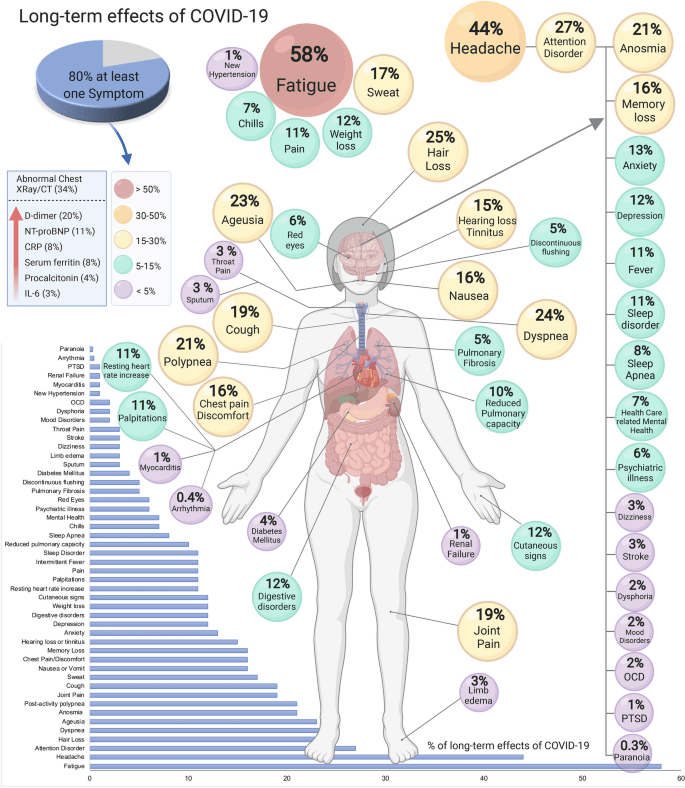A Comprehensive Guide to COVID Symptoms

The Importance of Recognising COVID Symptoms
As the COVID-19 pandemic continues to evolve, understanding the symptoms associated with the virus remains crucial for public health. Awareness of these symptoms not only aids individuals in recognising potential infection but also enhances community safety through timely isolation and testing. The variations in symptom presentation highlight the need for ongoing education and vigilance.
Current Understanding of COVID Symptoms
COVID-19 presents a wide range of symptoms that can vary significantly from person to person. Commonly reported symptoms include:
- Fever
- Cough
- Shortness of breath
- Loss of taste or smell
- Sore throat
- Fatigue
- Muscle or joint pain
- Headache
According to the latest data from the UK Health Security Agency (UKHSA), symptoms can start anywhere from 2 to 14 days after exposure to the virus. It is equally important to note that some individuals may exhibit mild symptoms while others develop severe complications requiring hospitalisation.
Variability of Symptoms and New Variants
Recent studies indicate that the emergence of new variants, such as Omicron, may result in a shift in symptom profiles. Reports suggest that many cases associated with the Omicron variant are marked by presenting symptoms like sore throat, runny nose, and fatigue rather than more traditional symptoms like loss of taste or smell.
Additionally, health professionals stress that significant symptoms such as difficulty breathing, persistent chest pain, and confusion should prompt immediate medical attention as they may indicate severe illness.
What to Do if You Experience Symptoms
If you experience symptoms indicative of COVID-19, the current guidance from the UK Government is to self-isolate and arrange for a COVID-19 test. It remains essential to report your results to NHS Test and Trace and communicate with your health provider regarding any concerns.
Staying informed about updated guidelines and symptoms is paramount, especially with the ongoing changes to vaccination strategies and public health measures.
Conclusion
In summary, recognising COVID-19 symptoms is vital in combating the spread of the virus. Ongoing education regarding symptom recognition, combined with public health measures, plays a significant role in the collective effort to manage this pandemic. As we move forward, remaining vigilant and continuing to seek reliable information will benefit individual and community health.
